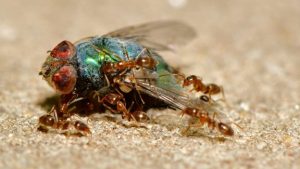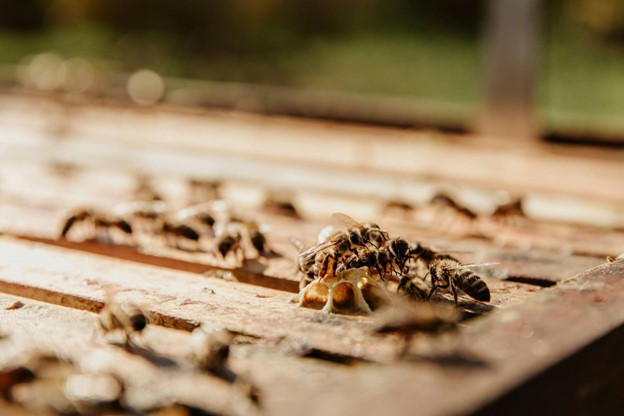Soil treatments create a barrier in the soil that termites cannot cross, effectively stopping them from tunneling into buildings and tunneling into homes. They may even be utilized during construction as an antidote against future termite infestations.
Liquid Termiticide
Traditional termite control measures involve applying liquid chemical barriers in the soil surrounding and below structures to keep termites away while killing those that penetrate it. A typical liquid treatment involves digging a trench around the foundation of a building and filling it with fipronil-based termiticide, then backfilling over this “skirt” of termiticide that prevents termites from entering your home.
Soil treatments must always be completed prior to pouring a slab or foundation for new construction, after form boards have been removed and all preparation work for pouring has been done. Existing structures typically receive their soil treatments shortly after their exterior perimeter grade has been set.
Liquid termiticides are applied via a tank and pump system similar to what a gardener uses when spraying their lawn or landscape, using special nozzles designed for precise application resulting in thorough coverage with minimal visual impact.
Liquid termiticides offer fast action for both homeowners and commercial customers who worry about potential health implications caused by structural pest problems, including buckling floors, sagging walls and unstable decks and patios. Furthermore, termite infestation can be costly for any business. You can visit this helpful site to learn more.
Foam Termiticide
Many termiticide products come in liquid, aerosol spray or ready-to-use foam form for easier application. Liquid treatments are best used around exterior perimeter treatments while foams can reach hard-to-reach places such as wall voids or hard to access spaces within walls.
Premise Foam (Imidacloprid) is the go-to foam termiticide for interior infestation sites, wall voids and floor joists where termites hide out. No measuring or mixing required! Expands 30:1 and can easily penetrate difficult-to-treat spaces such as interior infestation sites.
Premise foam can effectively kill subterranean and drywood termites indoors and out, including those hiding within carton nests, shelter tubes, wood surfaces or structural voids. Additionally, its injection into wall voids also protects structures against carpenter ants and other wood-infesting insects that infiltrate structures.

Bait Station Treatments
Many termite control professionals employ bait stations in addition to liquid treatments, as they’re less invasive and only require drilling a hole for placement in the soil. That makes them one of the most popular termite treatment solutions available. Stations are placed at regular intervals around a property in areas known for termite activity such as woodpiles and stumps as well as previous areas of damage, with each station laced with cellulose bait that attracts worker termites.
Once one finds it they consume and share it throughout their colony before eventually passing it on with lethal termiticide until all nestmates are dead.
Baits may be more effective in protecting homes against termite invasion due to how termites interact, making liquid treatments impractical or difficult for homes with features like wells, cisterns, inaccessible crawl spaces or sumps – all features which prevent applying liquid treatments directly.
They’re also great options when treating the soil around wells isn’t possible or would result in too many liquid applications being required – including homes with wells, cisterns, inaccessible crawl spaces or drainage systems buried deep below.
Professionals are masters at installing and monitoring bait stations, as well as using them alone or when combined with liquid treatments to provide quick defensive perimeter control, followed by long-term preventative control via eliminating existing colonies with bait stations. You can click the link: http://extension.msstate.edu/termite-biology to learn more about colonies.
Fumigation
Fumigation may be necessary to completely rid a home of termite infestation, especially if its size and severity is extreme. As this treatment requires families to vacate for several days to a week as chemicals are dispersed throughout its structure, fumigating tents must first be removed before returning occupants to return once inspection results indicate safety of return.
Fumigation requires homeowners to remove personal belongings from their properties, packing any non-moveable objects into Nylofume bags and any food and medications not factory sealed in glass or metal containers into double bags for safety.
A reliable pest control company should offer these bags free or provide instructions as to where to buy them; vehicles stored inside garages must also be relocated during fumigation processes; gas providers will need to be informed in advance that your gas supply will be shut off as part of their agreement to keep safe environments for fumigation processes.
Fumigation by professional pest control specialists involves enclosing your property in a tent to ensure complete saturation with fumigant gas, followed by thorough airing out and use of a clearance device to make sure sulfuryl fluoride concentration falls below one part per million before returning occupants can safely occupy it again.

Recent Comments